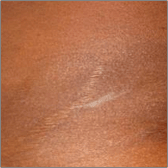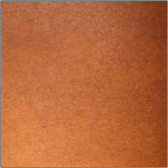

Stretch marks are a common skin abnormality that is of significant cosmetic concern. They occur mostly in women (up to 90% of pregnant women and 70% of adolescent women) than men (up to 40% of adolescent men). Visibly, stretch marks are thin linear scars that initially appear red to purple and then, over time, become lighter in color. The main causes of stretch marks are pregnancy, adolescent hormonal and weight changes, exercise (enlarging muscles) as well as the application of potent cortisone creams. The distribution of stretch marks on the body varies but the most common locations are breasts, abdomen, buttocks and shoulders.
Stretch mark treatment procedures:
Laser treatment: A relatively new procedure for aiding in the removal of stretch marks is the laser treatment used in laser resurfacing. Lasers are believed to stimulate new collagen growth and "fill in" the stretched gaps under the skin until the stretch marks appear similar to surrounding skin.
Read more about Laser resurfacing
Microdermabrasion: This type of skin treatment, also used to help the scarring, can help to improve the skin's structure and surface as it grows. Similar to sanding on a microscopic scale, the skin is abraded until collagen and elastin growth is stimulated.
Read more about Microdermabrasion
Creams: There are an abundance of creams, lotions and potions out there that claim they can help make those stretch marks disappear. While some creams may be able to fade some types of stretch marks, it isn't proven that any cream will help remove stretch marks entirely because they are scars, not simply superficial marks. Only creams with ingredients that can improve collagen and elastin production can truly help, and even then there is no medical proof that creams truly do help.
Recovery time: Depends on the treatment.